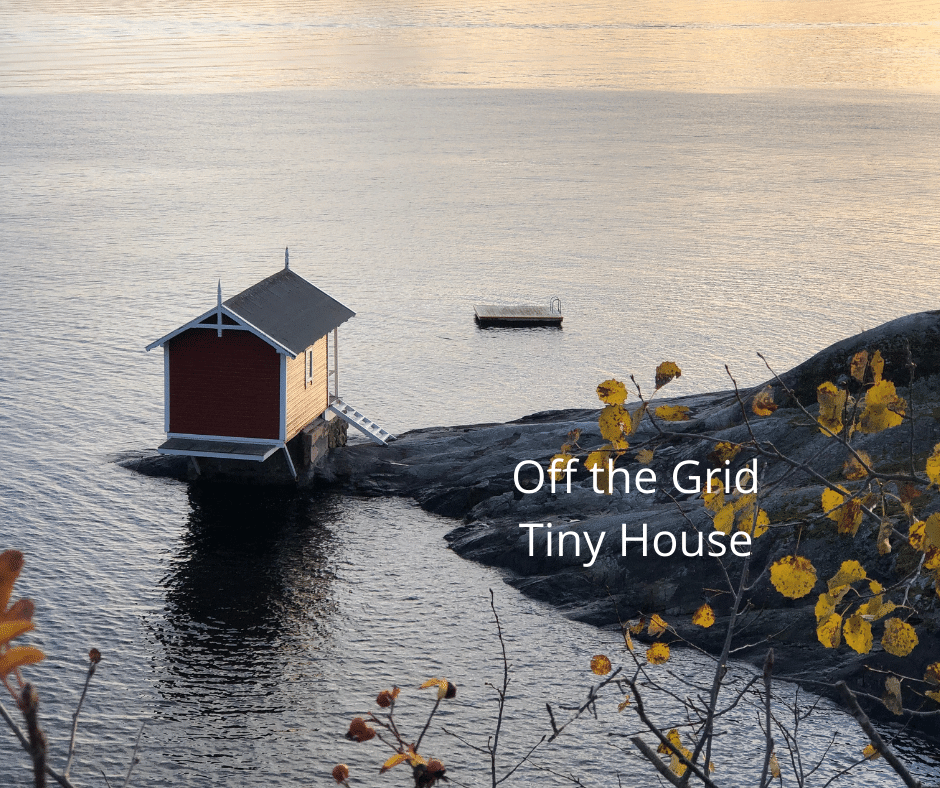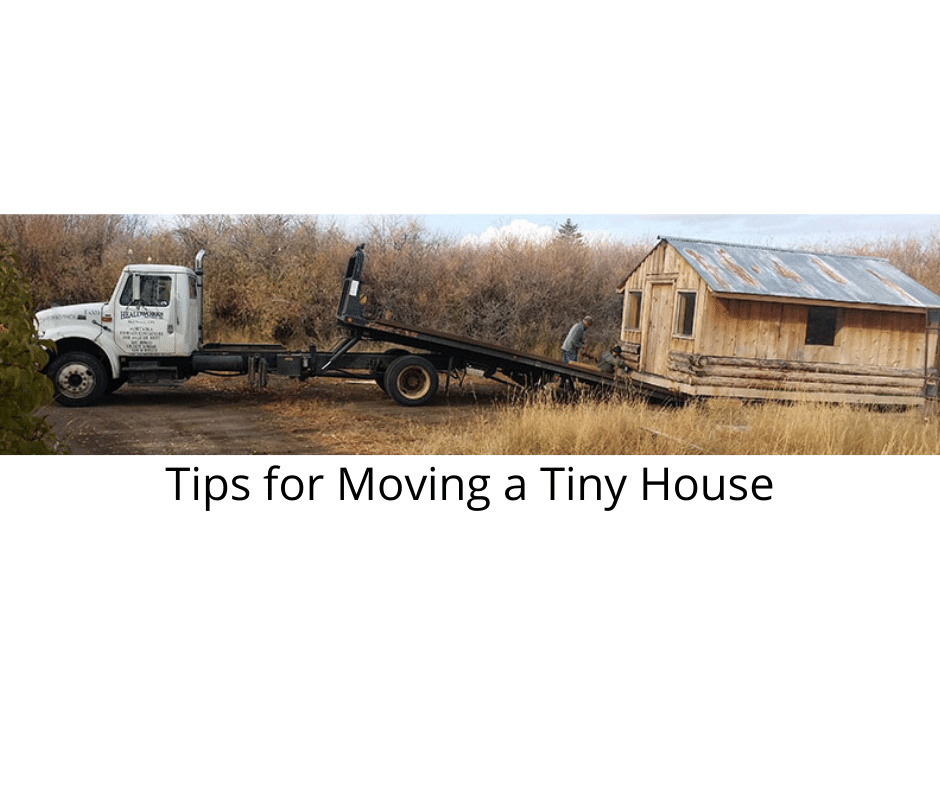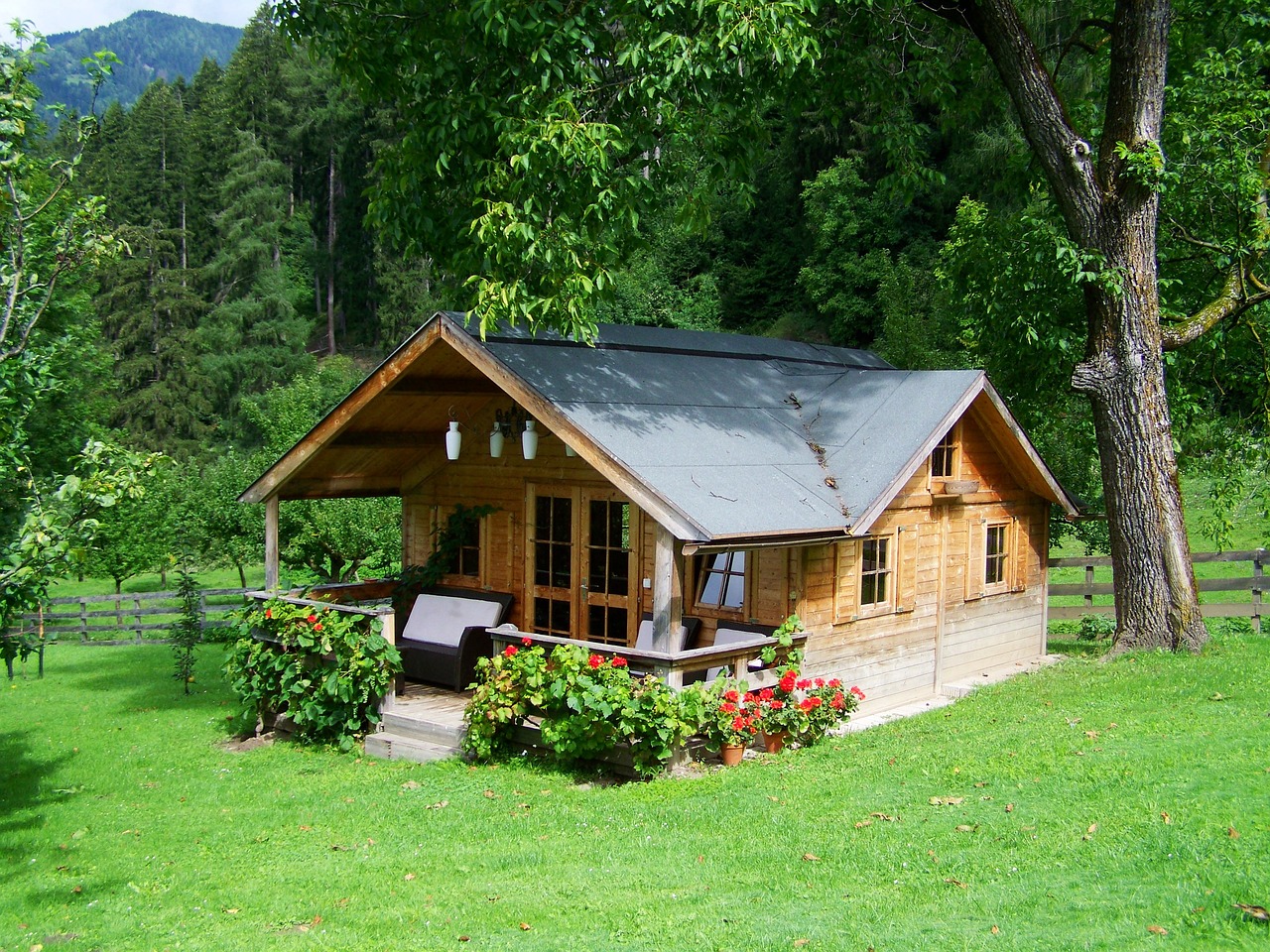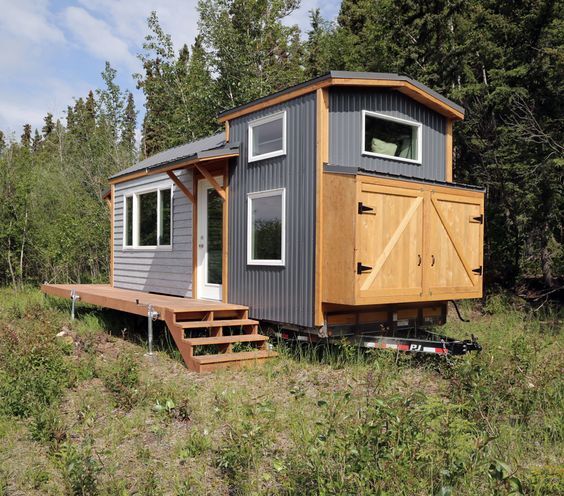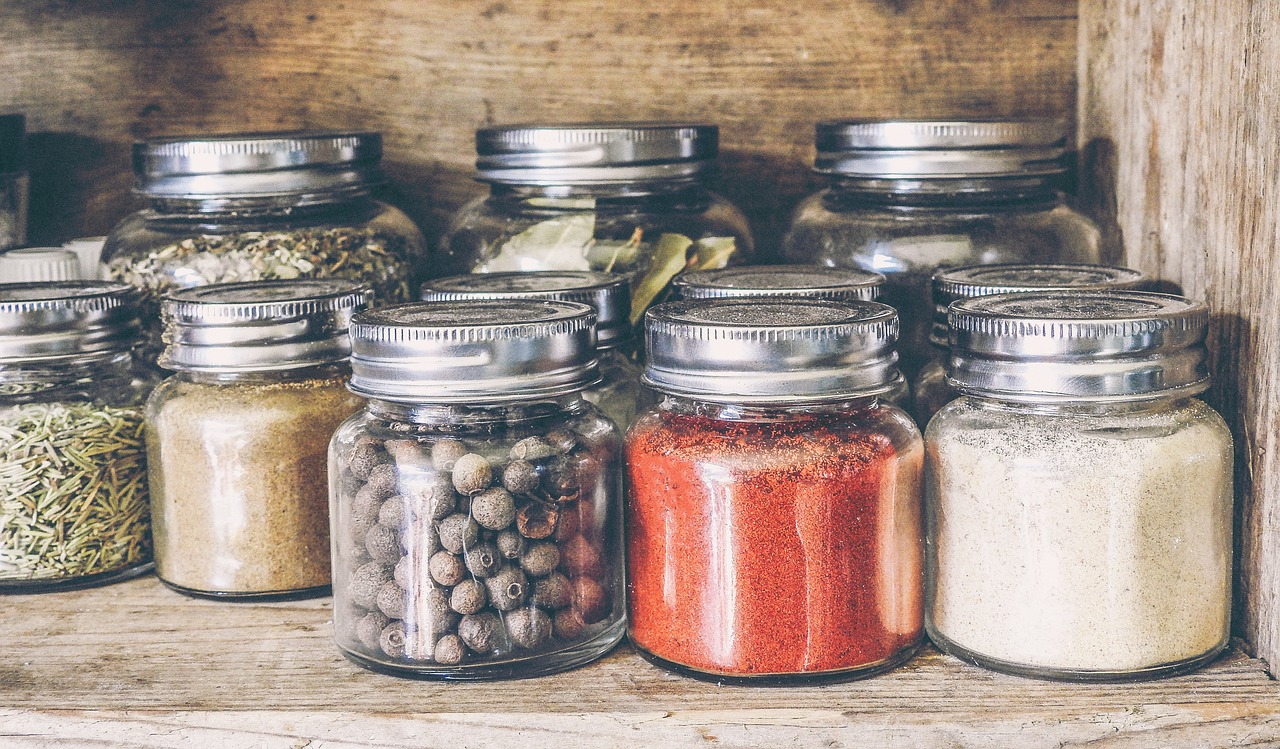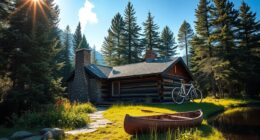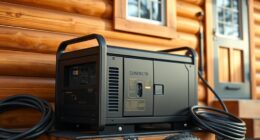Small homes that operate independently are becoming increasingly popular, with 40% of Americans aged 50 and older expressing interest in this lifestyle. However, this trend is not exclusive to those nearing retirement age; it is also attracting the attention of younger individuals. A recent survey revealed that 63% of Americans between 20 and 30 years old are enthusiastic about embracing an off-the-grid lifestyle. Furthermore, the research emphasized that more than a quarter of the participants cited reducing their energy consumption as a major reason for their attraction to off-the-grid living.
Terraform Tiny Homes
The company’s products are known as “Tiny Homes Off the Grid.” The designs are based on small and sustainable living principles. The company’s products are designed and built by experts who live off the grid and in a tiny space. The owner of Terraform Tiny Homes is Richard Ward. He has lived in three types of tiny homes, including a small micro-house built on a boat trailer and a full-sized gooseneck. Richard also practices the minimalist lifestyle and is passionate about preserving the environment.
The SOLO and DUO series are great for off-the-grid living. The DUO features an elevated Queen-size bed, a pull-out sofa, and a large closet for storage. The DUO features an electric shower and a small rooftop solar panel array. These homes are sold for $75,000 and can easily be transported by flatbed trailer. The mOne is also off the grid but does not have wheels. It can be set up on any flat area without a foundation system. It also comes with its sewage and water tanks.
One of the benefits of living off the grid is that you can get a fresh perspective and be more present. Modern-day life can be stressful and can leave us disconnected. Living off the grid allows us to slow down and enjoy nature more. It also helps us build our self-reliance. Moreover, it’s not as hard as it may seem. Just make sure you do your research before settling on an off-the-grid lifestyle. The possibilities are limitless! You don’t need to be an outdoorsman to enjoy it. You can do this by exploring off-the-grid communities around the country and abroad.
Another popular option is Thoreau’s tiny house. This off-the-grid option comes with nine solar panels on the roof. The home also features four lithium batteries and an inverter. The system can run for up to three to four days without sun. Other features include a propane tankless water heater and filtration system. There’s even a bike rack hanging on the outside. The Thoreau also has fire-resistant siding and high-quality finishes.
If you’re considering building your own off-the-grid tiny home, you may want to invest in a sustainable alternative. One option is the Ecocapsule, which is a self-sufficient micro-unit that was developed in Slovakia. It is powered by solar energy, a wind turbine, and a battery system. An egg-shaped design helps retain heat and collect rainwater. A bonus is that it’s equipped with a water filtration system, so you can use lake or river water. This tiny home is also great for scientists, offering a chance to conduct research.
When living off the grid, you must consider how much of your resources you’ll use. You’ll also need to think about how you’ll use water. Fortunately, most tiny homes on wheels are equipped with a solar power system. You can install a solar oven to heat your food and avoid electricity costs. The sun’s rays provide a good source of light and heat for the rest of your home.
Ecocapsule
If you love the idea of off-grid living, you may be interested in the Ecocapsule off-grid tiny house. This unique micro-dwelling is 14 feet by seven feet and includes a folding bed, table, storage cabinets, and a mini-kitchenette. The Space model also consists of a toilet and air conditioning. These micro-dwellings are built on a steel frame, portable, and insulated with polyurethane foam.
The Ecocapsule has a wide range of applications. You can install it on a small plot of land, on a mountaintop, or on a long stretch of beach. If you live in a country with limited space, you can place it on a large piece of land. The cost of an Ecocapsule is below EUR80,000. These homes are expected to start shipping this year. Customers from Canada, Australia, Germany, and Scandinavia have already placed orders for the Ecocapsule.
The Ecocapsule is a small, self-sufficient micro-unit that can use wind and solar energy to power itself. Its design allows for a comfortable, efficient living space. The Ecocapsule can be used as a pop-up hotel, a humanitarian refuge, or an electric car charging station. Its 9744-watt-hour battery, integrated solar panels, and extendable wind turbine provide power to the Ecocapsule. The interior contains a built-in HVAC system that keeps the temperature perfect.
The Ecocapsule is designed to maximize the amount of heat it can hold. This design makes it ideal for long-term off-grid living. In addition to providing comfortable living space, the Ecocapsule can also serve as a tourist room or independent research station. Its 6.3-square-foot interior is also ideal for a little entrepreneur’s guest room or sales area. Depending on your needs, the Ecocapsule can be shipped to a remote location. If you don’t have a truck to drive it, a helicopter can airlift it to your site. A building may have the proper height to place it on the roof of an existing apartment building.
When it comes to off-grid homes, the Ecocapsule is one of the most sustainable. It can generate electricity from the sun, wind, and rain and collects rainwater. It is made by Ecocapsule, a Slovak company, and can be shipped to the U.S., Europe, Australia, and New Zealand. The Ecocapsule is 15 feet long and can be towed by a vehicle.
The Ecocapsule can be built to handle at least an inch of rain a week and a half-inch of rain a year. However, the Ecocapsule might not be the right choice if you live in a sunny climate. Depending on the climate, it would be difficult to get enough water to heat up the interior. And the lack of AC might make it unsuitable in areas where the weather is less predictable.
Hoffman’s Living
The Living Vehicle is an off-grid tiny home on wheels that offers a full kitchen, bathroom, and shower. It sleeps up to four people and can be parked anywhere. It runs on solar power and is solar-powered. It starts at $129,995.
Wind power is another option. If the wind blows constantly, you can place your wind turbine outside your Tiny House. However, it’s essential to consider your wind turbine’s location and size. Wind turbines are noisy, so you’ll need to be sensitive to where you place them. If you live in a place with wind daily, wind turbines are an effective partial source of electricity. While wind turbines can provide partial power, they can also be expensive.
Whether you live in the city or the country, living off the grid can offer many benefits. Not only will you be able to enjoy the great outdoors, but you’ll also be safe from natural disasters, dangerous wildlife, and zoning issues. It can also provide you with enough resources to survive, and you’ll be able to enjoy the climate and water year-round. While there are a few regulations you’ll need to follow, living off the grid can be an affordable, fulfilling lifestyle option.
The tiny house’s layout is designed to maximize storage space while also maximizing living space. Its multifunctional furniture pieces will help you create a comfortable space for living and relaxing. For example, an extendable gateleg dining table allows you to have a full dinner party around a single table. Another useful piece of furniture is a sofa that doubles as a guest bed. A full bathroom, complete with a shower, is available to its owners.
Andrew Florence grew up on a farm in the Mid-Ohio Valley. He and his wife Angie decided to go off the grid last year and moved into their tiny house last June. They first found one of the couples living off the grid on YouTube. After watching their videos, they decided to give it a try. They live in a 320 square foot tiny house. They plan to live off the grid for the rest of their lives.
Matthew Hofmann, an architect at Hofmann Architecture, adapted an old Airstream trailer into a modern live-work space. This unique design is known as a Living Vehicle, and it is a 212-square foot, 31-foot long home. It features a Euroloft bed and a heat-treated aluminum interior. It also has four 150-watt solar panels, two lithium-ion batteries, and two 30-gallon propane tanks.
I’m Theodore, and I love tiny houses. In fact, I’m the author of Tiny House 43, a book about tiny houses that are also tree houses. I think they’re magical places where imaginations can run wild and adventures are just waiting to happen.
While tree houses are often associated with childhood, they can be the perfect adult retreat. They offer a cozy space to relax and unwind, surrounded by nature. And since they’re typically built on stilts or raised platforms, they offer stunning views that traditional homes simply can’t match.
If you’re looking for a unique and romantic getaway, a tree house tiny house might just be the perfect option.
